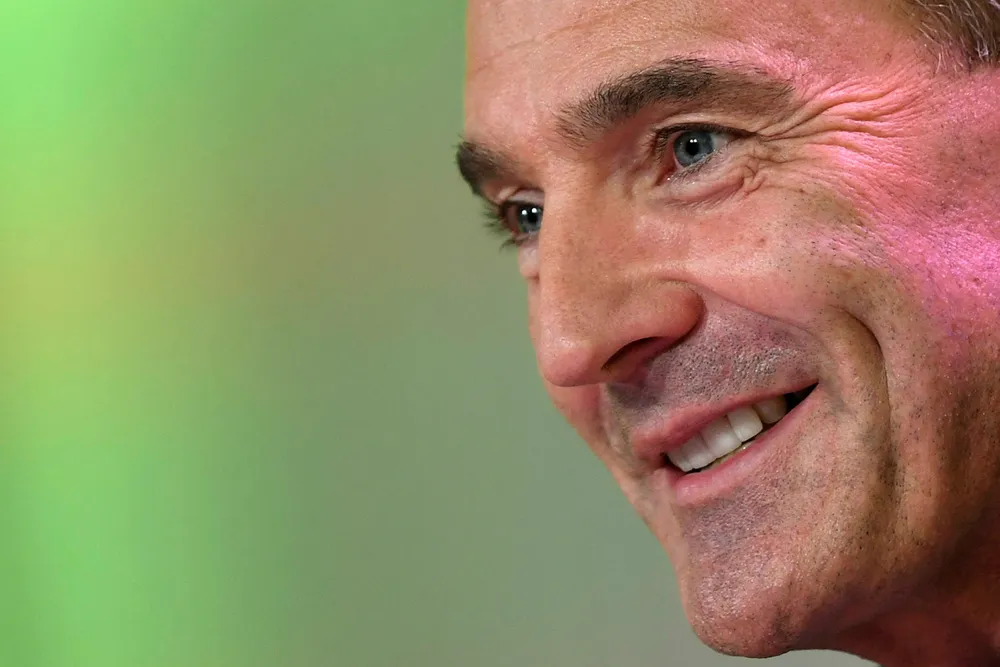BP draws back curtains on energy transition bet
Supermajor attempts to show how its operational, trading and marketing capabilities will light up the road to success in energy transition

Supermajor attempts to show how its operational, trading and marketing capabilities will light up the road to success in energy transition
